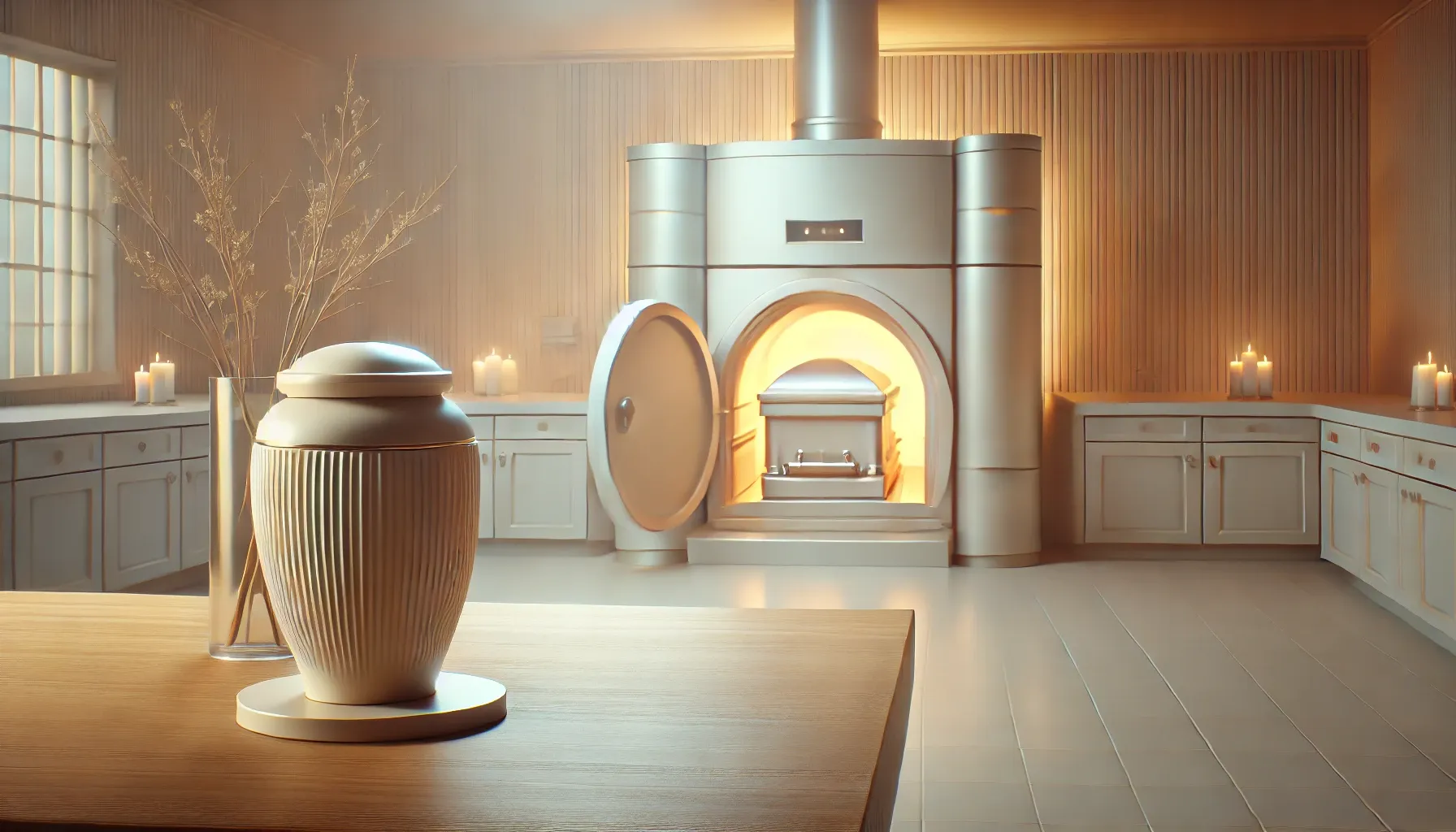The Truth Behind What Actually Happens at a Cremation Will Leave You Speechless
Cremation is a practice that has been around for centuries, yet many people don’t truly understand what happens behind closed doors. The process is often shrouded in mystery, leading to myths and misconceptions. If you’ve ever wondered what actually happens during a cremation, prepare to be amazed.

1. The Process Begins with Identification
Before anything happens, strict procedures ensure the correct identity of the deceased. A unique ID tag is assigned and remains with the body throughout the process, guaranteeing that the remains returned to loved ones are accurate.
2. The Body is Prepared, But Not Embalmed
Unlike traditional burials, embalming is usually not required. The body is placed in a flammable, simple wooden or cardboard container. Medical devices such as pacemakers, which can explode under extreme heat, are removed beforehand.
3. The Intense Heat of the Cremation Chamber
The body is placed inside a cremation chamber (also called a retort) that reaches between 1400°F and 1800°F. The extreme heat breaks down the body over a period of one to three hours, depending on the size and composition of the remains.
4. The Flames Don't Actually Touch the Body
One of the most surprising facts is that the body is not directly burned by flames. Instead, the heat inside the chamber causes the soft tissues to evaporate, leaving only the skeletal remains behind.
5. The Bones Are Not Turned to Ash Instantly
Contrary to popular belief, bones do not simply turn into ash. Once the process is complete, what remains are fragile bone fragments, not fine ashes. These fragments are collected and placed into a special machine called a cremulator, which grinds them into the fine, sand-like texture we recognize as cremated remains.
6. Metal Fragments Are Removed
If the deceased had any surgical implants, fillings, or metal screws from past procedures, these do not burn. After the cremation, a strong magnet or manual process is used to remove any remaining metal before the ashes are processed.
7. The Final Ashes Are Returned to Loved Ones
Once processed, the cremated remains are placed in an urn and returned to the family. The average weight of an adult’s remains is 4-6 pounds, which can be stored, scattered, or even turned into keepsakes such as jewelry or glass art.
8. Cremation Can Be an Eco-Friendly Option
Modern crematories use advanced filtration systems to minimize environmental impact. Some facilities even offer aquamation (alkaline hydrolysis), a water-based alternative that produces fewer emissions and uses significantly less energy.


